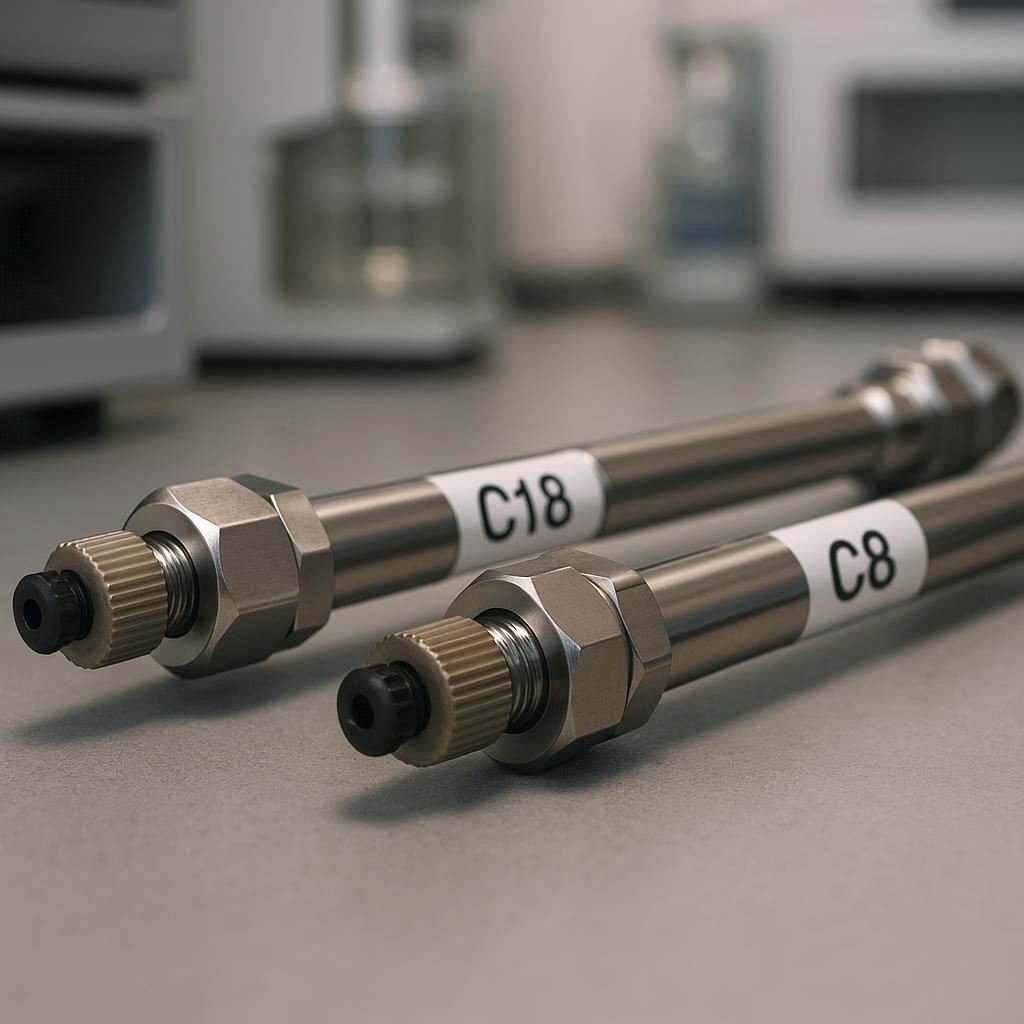
In Iodometric Titration, starch gives a water-insoluble complex with iodine. This water-insoluble complex creates problems in detecting the actual endpoint. This means that the endpoint appears before the actual endpoint. That is why the starch indicator is added just before the end point when the colour is pale-straw yellow. In analytical chemistry, iodometric titration stands […]
In Iodometric Titration, starch gives a water-insoluble complex with iodine. This water-insoluble complex creates problems in detecting the actual endpoint. This means that the endpoint appears before the actual endpoint. That is why the starch indicator is added just before the end point when the colour is pale-straw yellow.
In analytical chemistry, iodometric titration stands out as a reliable method for determining the concentration of oxidising agents. Whether you’re titrating copper(II) ions or testing for the presence of chlorine, one small yet critical component often appears in the final stages of this process: starch. But why do chemists wait until the end of the reaction to add it? Let’s discuss in detail.

Iodometric titration involves the use of iodine (I₂) and thiosulfate (S₂O₃²⁻). Typically, an oxidising agent is introduced into an acidic solution containing excess iodide (I⁻). This oxidising agent reacts with iodide to produce iodine:
Oxidizing agent + I⁻ → I₂
Then, this iodine is titrated with sodium thiosulfate:
I₂ + 2 S₂O₃²⁻ → 2 I⁻ + S₄O₆²⁻
The iodine has a deep yellow-brown colour, which fades as it reacts with thiosulfate, giving a visual cue. But to make the endpoint unmistakably clear, chemists rely on starch as an indicator.
Enter Starch: The Visual Cue Master
Starch forms a highly visible blue-black complex with iodine (I₂), making it much easier to detect the exact moment when all the iodine has reacted.
This complex is extremely sensitive and can detect even trace amounts of free iodine. However, it’s not added at the beginning of the titration. Why not?
If starch is added too early, several issues can arise:
To avoid these pitfalls, starch is added near the endpoint, when most of the iodine has already reacted with thiosulfate. At this point:
This makes starch the perfect late-stage visual indicator.
Why add starch at the end of iodometric titration?
So next time you perform an iodometric titration, remember: starch is your silent assistant—just make sure to call on it at the right time!
Related Blog
Related Video
It’s not recommended. Adding starch too early can form a stable complex with iodine, which slows down the reaction with thiosulfate and makes the endpoint less accurate. Adding it near the end—when the solution turns pale yellow—gives a sharp and clear colour change.
You can still complete the titration by watching the fading yellow color of iodine, but the endpoint will be harder to detect. Starch enhances the contrast by turning deep blue-black in the presence of iodine, making the colour disappearance at the endpoint much easier to see
Further



Quick Links